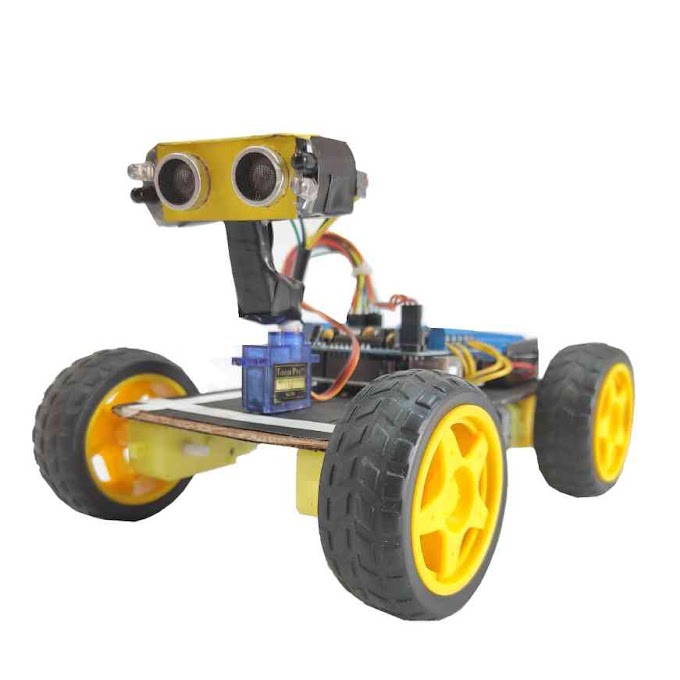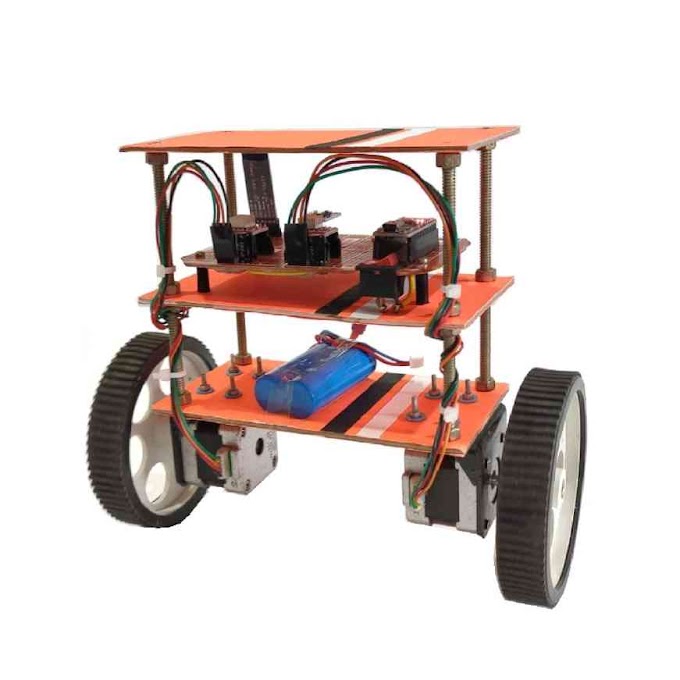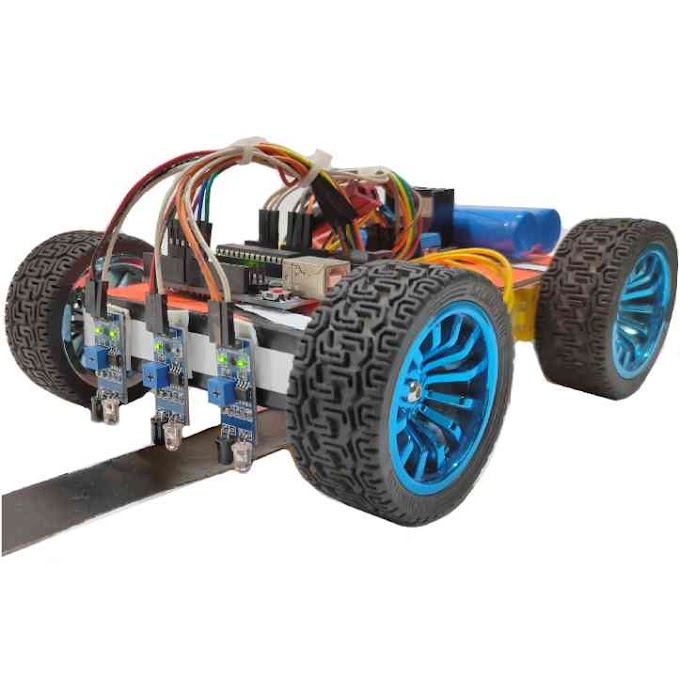Li-ion Battery –
A li-ion battery stands for lithium ion battery. In general a lithium ion battery is a type of rechargeable battery. Lithium is used as the main charging element of a lithium ion battery. That is why a li-ion battery is capable of providing high current and power.
Advantages of li-ion battery –
The main advantage of li-ion battery is its reusability. A li-ion battery comes with a small size and lighter weight. Lithium ion battery is capable of providing high current and voltage for a long time. Also the charging time of a lithium ion battery is very less compare to other rechargeable batteries.
Which is better lithium ion or lithium polymer?
Lithium ion battery is much better than a lithium polymer battery. Lithium ion battery has a higher energy density than a lithium polymer battery. Also lithium ion battery has a longer lifespan compare to the lithium polymer battery.
Voltage of lithium ion battery –
Generally a lithium ion battery comes with a voltage of 3.7 volt. However a fully charged lithium ion battery can provide a voltage up to 4.2 volt. The most common lithium ion battery which is available in market is 18650 lithium ion battery. The voltage level of an 18650 lithium ion battery is in between 3.7 volt to 4.2 volt.
At what voltage is a lithium ion battery dead?
At 2.4 volt a lithium ion battery start to damage. That is why the minimum voltage of using a lithium ion battery is 2.4 volt. But if you are using a lithium ion battery below 2.4 volt, then there is a chance of damage in battery. Even the battery may dead also. So it is always preferred to recharge the lithium ion battery before coming to the minimum voltage level. To make your lithium ion battery healthy it is always advised to recharge the battery before coming to 3.0 volt. This can prevent the battery from damage and you can use it for a longer period of time.
We all know that the voltage of lithium ion battery is 3.7 volt per cell. But in some cases we need a higher voltage than 3.7 volt. In real life application there is very less uses of a single 3.7 volt lithium ion battery. Most of the cases a 12 volt or a 7.4 volt battery is preferred. The voltage is additive in nature while we connecting the batteries in series. To acquire the required voltage you need to connect the lithium ion battery in series. In this post I will talk about the series connection of a lithium ion battery. Also I will show you the circuit connection that you have to make for charging the battery. For this purpose I used three 18650 lithium ion battery, some connective wires, battery holder and a lipo battery charger.
How do you connect the lithium ion batteries in series?
We usually connect the lithium ion batteries in series for acquiring a higher voltage level. A series connection is made when the negative terminal of one battery is connected to the positive terminal of another battery. In other words the negative terminal of the previous battery is connected to the positive terminal of the next battery. In series connection the voltage is additive in nature. For example we take two batteries “B1” and “B2” having the voltage “V1” and “V2”. If we connect them in series the resultant output voltage will be “V1+V2”. Thus it provides the higher voltage levels which is required in many cases.
(1) If you connect two li-ion battery in series, the output voltage will be 3.7*2 = 7.4 volt.
(2) If you connect three li-ion battery in series, the output voltage will be 3.7*3 = 11.1 volt.
(3) If you connect four li-ion battery in series, the output voltage will be 3.7*4 = 14.8 volt.
How do you charge multiple lithium ion battery in series?
Lithium ion batteries are rechargeable and it is very important to know some factors before putting the battery on recharge. There is two ways of recharge the battery. One way is to put the whole set of battery together in the charger and the other one is to charge the batteries individually. Charging the whole set of batteries by giving the supply is not recommended. If you put the batteries individually in the charger one after another, it will take more time to charge all the batteries. So it is necessary to design a circuit that will recharge all the lithium ion batteries individually at a single time. This will take less time than the other possible methods. And this circuit will prevent the batteries from damage. Even if one of the battery become damaged during some operation the other batteries in the circuit will remain unaffected. Now take a look at the circuit connections given below –
To demonstrate the circuit we take three 18650 li-ion battery. It is clearly mentioned in the picture that the positive terminal of each battery will kept separate for recharge. While the negative terminal is common to all the batteries. As mentioned in the picture there will be two separate port. One of the port will provide the fixed 12 volt dc supply and the other one is for recharging purpose. The recharging port has four wires to carry the recharging current in the 18650 li-ion battery. The supply port has two wires to give the power supply in any outer circuit. Try to put thicker wires in the supply port because it carries more current than the charging port.
After designing the circuit, you have to check the voltage level in each of the wires. Use a multimeter and check the voltage level in the supply port and charging port. After all this things, take a lipo charger and connect the batteries with the charger. Then put the charger in the ac supply. Now keep the 18650 lithium ion batteries in the charging for at least two hours. Most of the lithium ion batteries are charged up to 90% in this time. After charging the batteries, you can connect them in any circuit as a power source.














